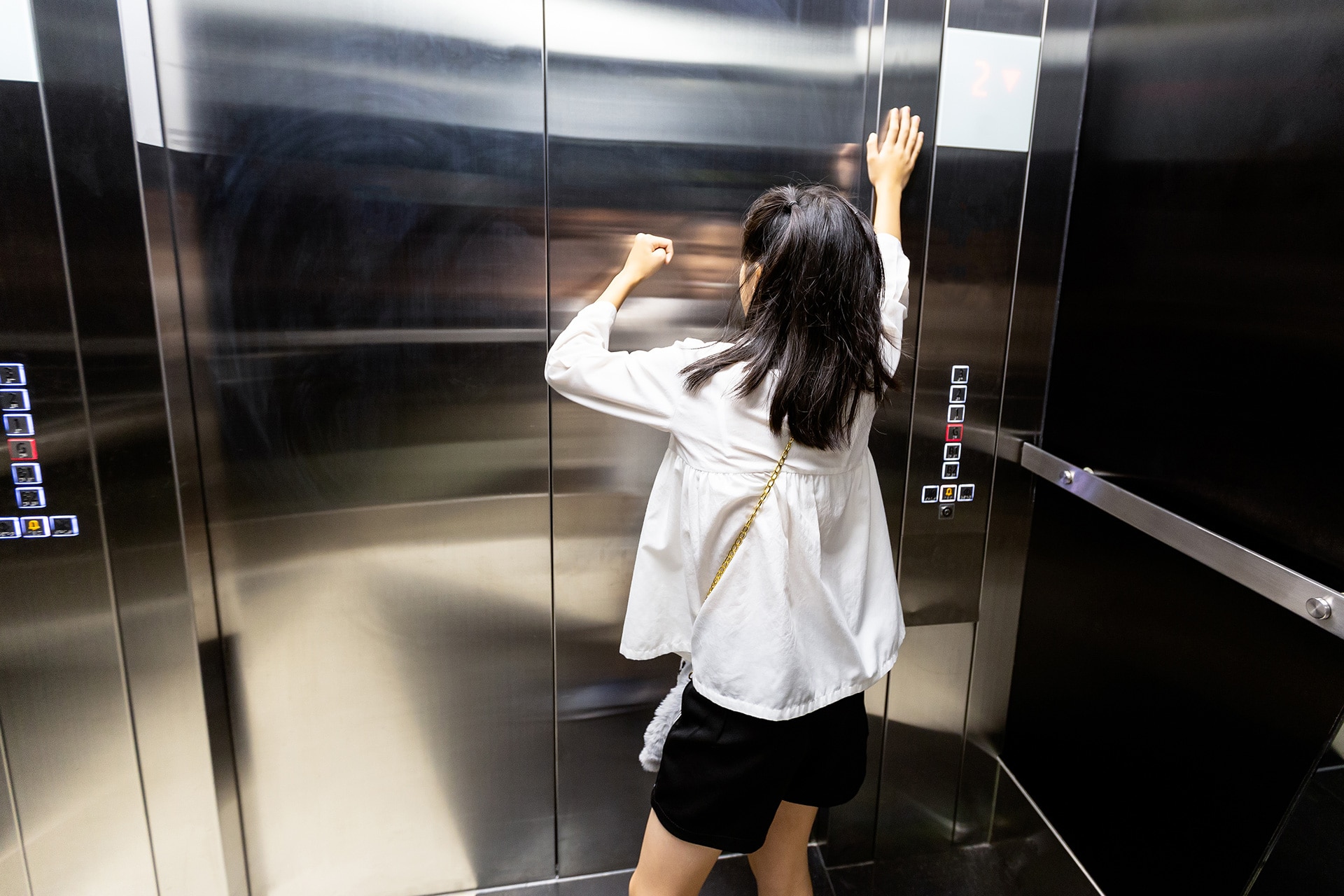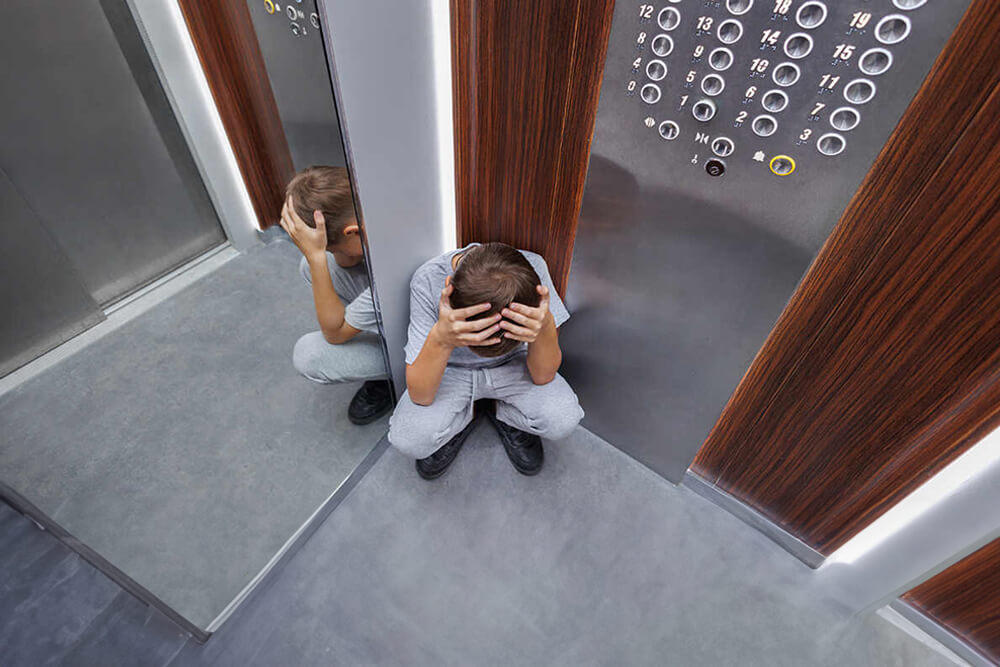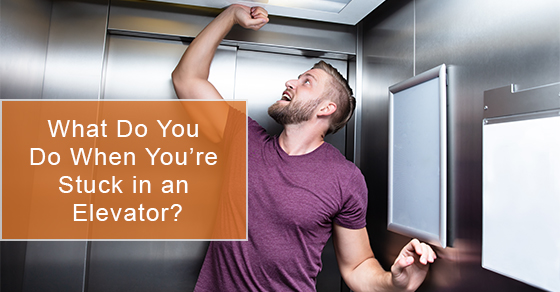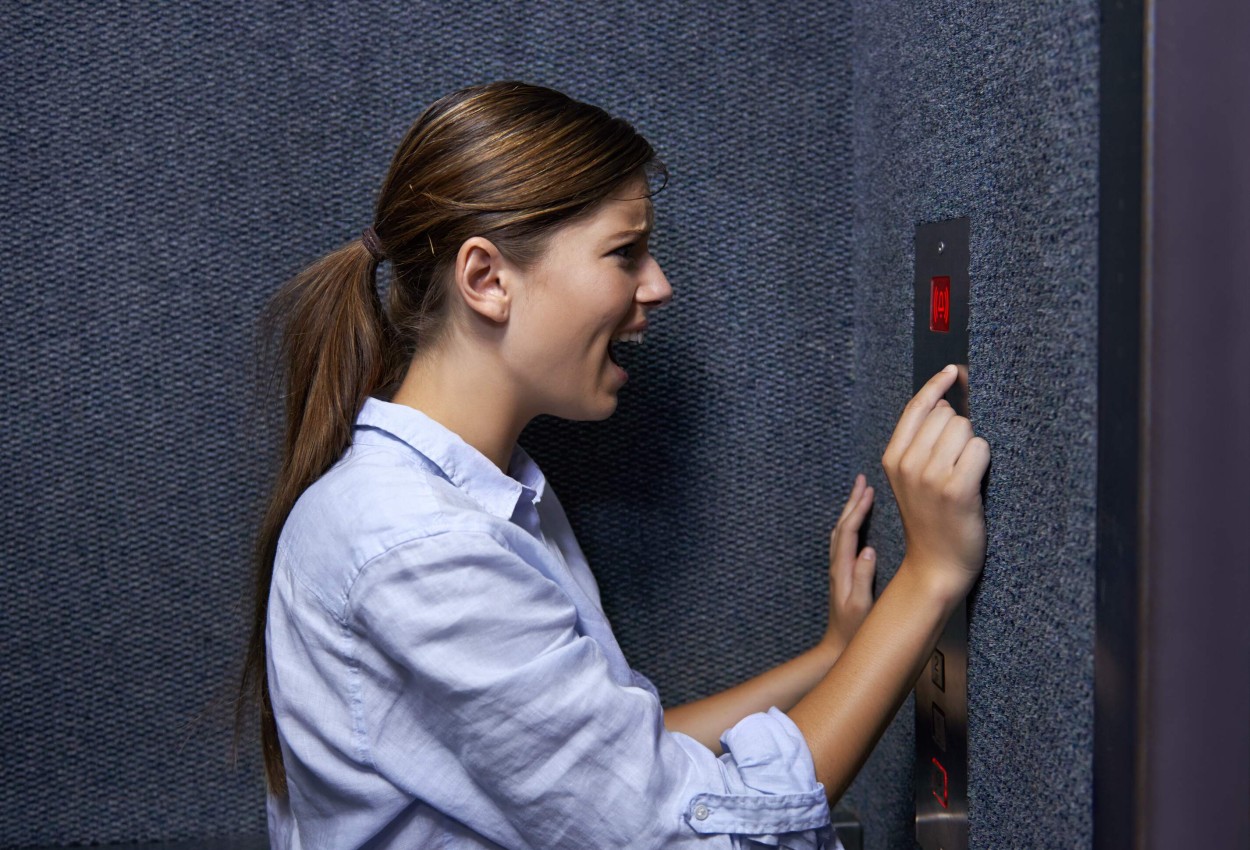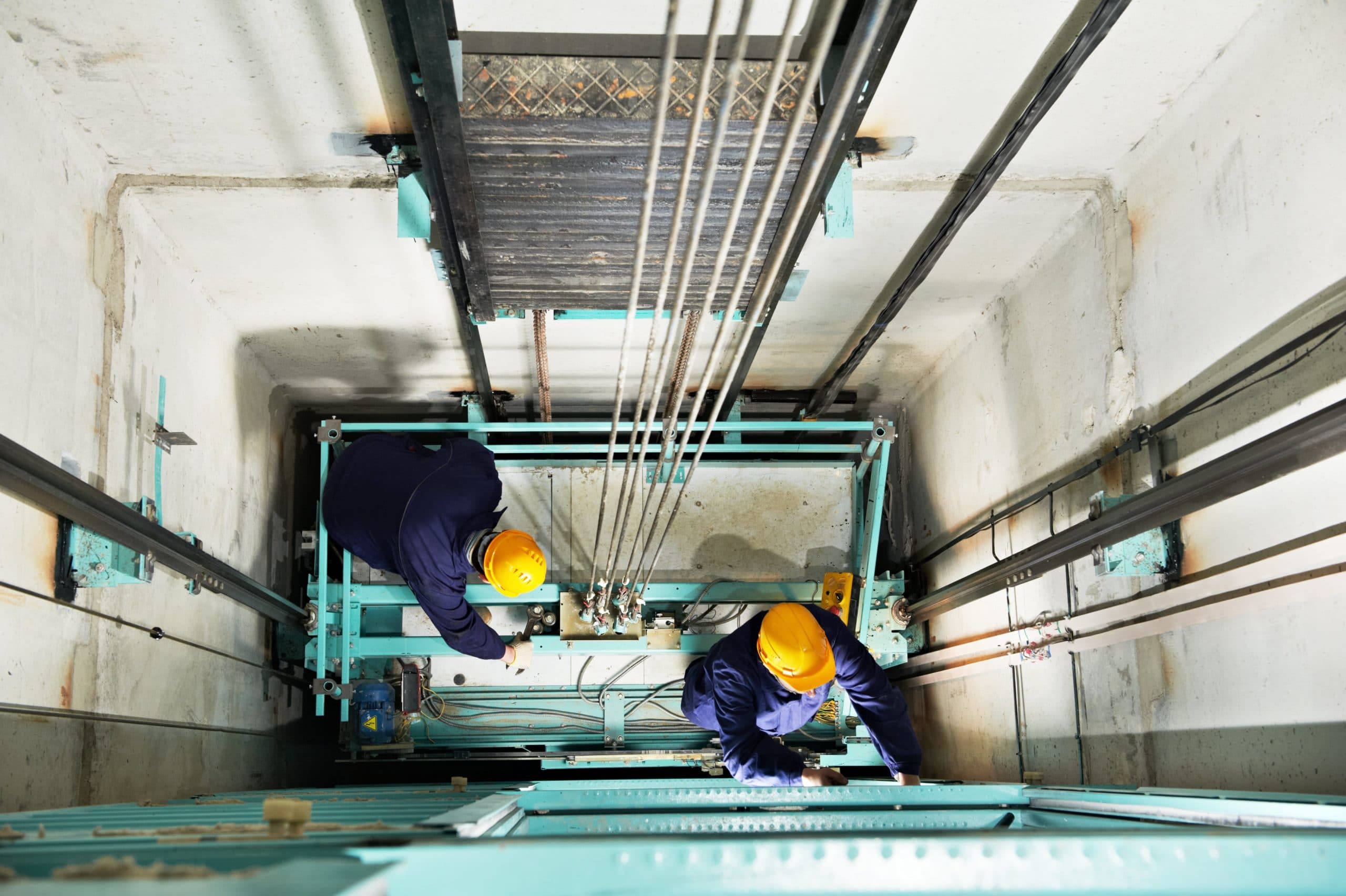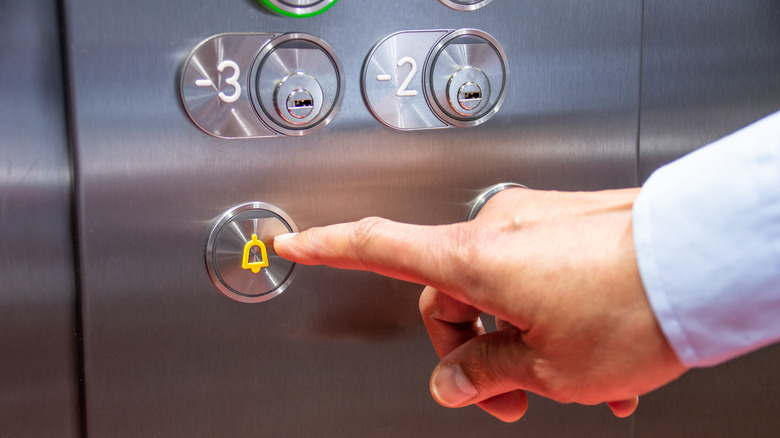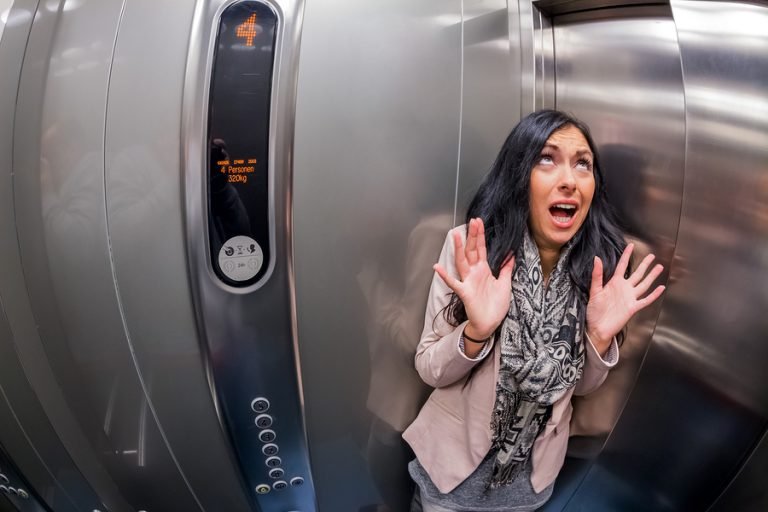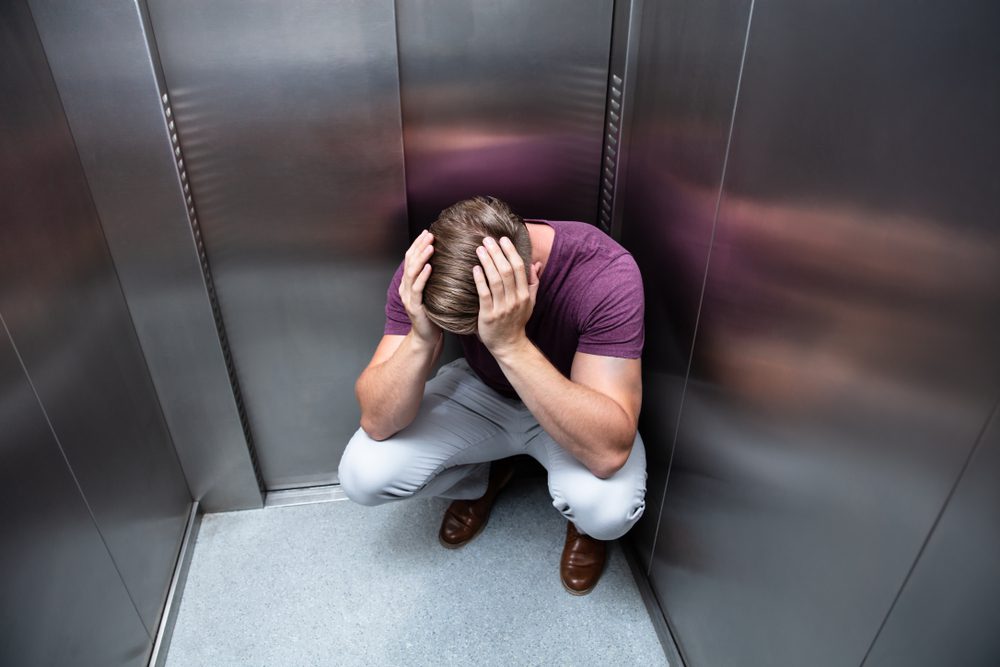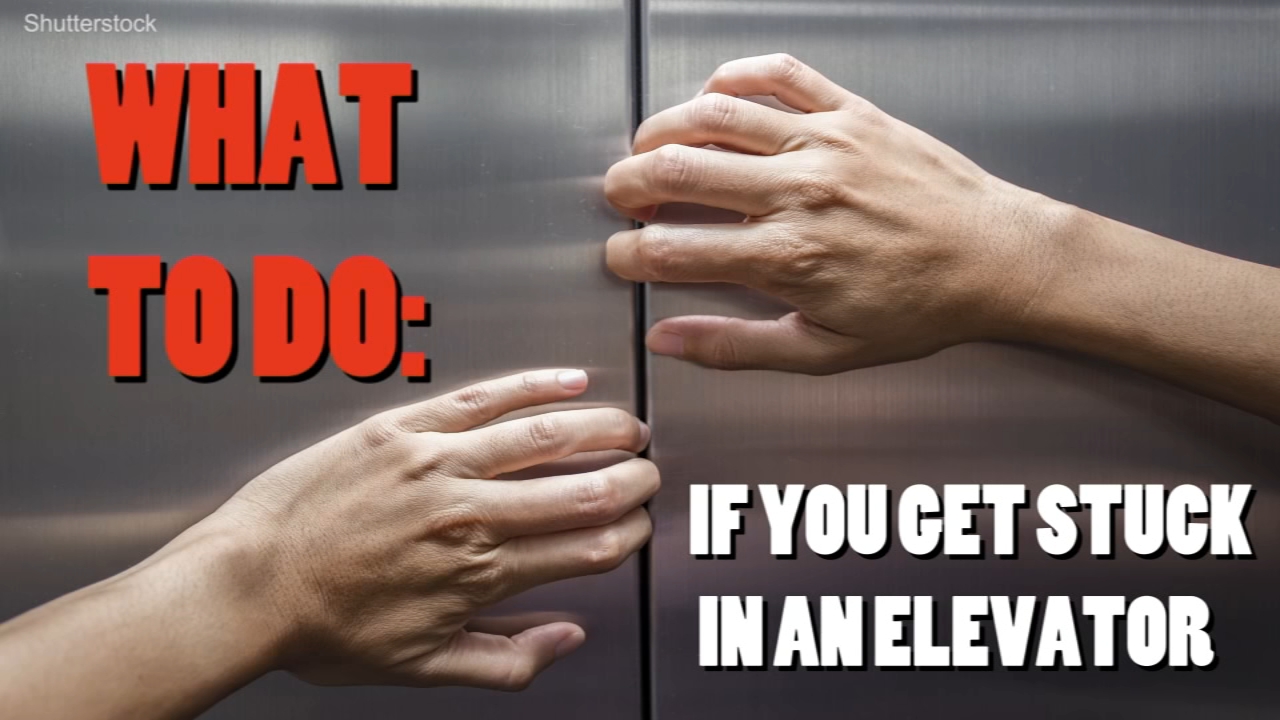What To Do If Stuck In Elevator

Trapped in an elevator? Stay calm and remember your safety is the top priority. Panic can cloud judgment, so take a deep breath and assess the situation before acting.
This guide provides essential steps to take if you find yourself stuck in an elevator, ensuring you remain safe and informed until help arrives. Follow these instructions closely to maximize your well-being and facilitate a smooth rescue.
Immediate Actions
First, press the alarm button. This alerts the building's management and emergency services that someone is trapped. Do not repeatedly press the button, as it can overload the system.
Next, locate the emergency call button or phone. This will connect you directly to a dispatcher or security personnel. Provide them with your exact location (building name, floor number, and elevator number, if available).
Speak clearly and calmly. Explain that you are trapped in the elevator and provide the number of people inside. Wait for instructions from the dispatcher.
Staying Safe While Waiting
Remain calm and reassure other passengers. Anxiety can spread quickly, so maintaining a peaceful environment is crucial. If someone is experiencing a medical emergency, inform the dispatcher immediately.
Avoid trying to force the doors open. This is extremely dangerous and can lead to serious injury. Elevator doors are complex mechanisms, and tampering with them can worsen the situation.
Stay away from the doors, as sudden movements could cause harm. Sit down if possible and wait for professional assistance. Conserve energy and avoid unnecessary movements.
Communication is Key
Use your cell phone to contact someone outside the elevator if possible. Inform them of your situation and provide the same details you gave the dispatcher. Having multiple channels of communication can expedite the rescue process.
If cell service is unavailable, continue using the elevator's emergency phone to stay in contact with the dispatcher. Keep them updated on any changes in your condition or the situation inside the elevator.
Listen carefully to the instructions provided by the dispatcher or rescue personnel. They will guide you through the process and provide updates on the estimated time of arrival for help. Cooperate fully with their directions.
Understanding Elevator Safety Features
Most modern elevators are equipped with safety features to prevent free falls. These systems include multiple cables, brakes, and safety circuits. Elevator free falls are extremely rare.
Power outages are a common cause of elevator shutdowns. Elevators typically have backup power systems that engage briefly or allow for a controlled descent to the nearest floor. Do not panic during a power outage.
Elevators are designed to provide adequate ventilation. Even if the elevator seems stuffy, there is usually sufficient airflow to prevent suffocation. Conserve oxygen by remaining calm and avoiding strenuous activity.
What NOT To Do
Never attempt to climb out of the elevator through the ceiling hatch. This is extremely dangerous and can lead to serious injury or death. Elevator shafts are hazardous environments with moving machinery and electrical components.
Do not overload the elevator. Exceeding the weight limit can trigger safety mechanisms that cause the elevator to stop. Always adhere to the posted weight restrictions.
Avoid jumping or rocking the elevator. This can destabilize the system and potentially cause it to become stuck or malfunction. Remain still and avoid any sudden movements.
Data and Statistics
According to the Elevator Escalator Safety Foundation (EESF), elevators are generally safe. Millions of elevator rides occur daily, with a relatively low incident rate.
The Consumer Product Safety Commission (CPSC) reports that most elevator-related injuries are due to slips, trips, and falls, rather than elevator malfunctions. However, entrapments do occur and require prompt attention.
The majority of elevator entrapments are resolved within a few hours. Emergency services prioritize these situations and respond quickly to ensure the safety of those trapped. Maintain a positive attitude and trust that help is on the way.
Next Steps and Ongoing Developments
Once rescued, consider reporting the incident to the building management or elevator maintenance company. This helps them identify and address any underlying issues that may have caused the entrapment.
If you experience any physical or emotional distress following the incident, seek medical attention or counseling. Traumatic experiences can have lasting effects, and it is important to address them appropriately.
Building owners and managers are responsible for ensuring the safety and maintenance of their elevators. Regular inspections and timely repairs are crucial for preventing future incidents. Staying informed and prepared is key to ensuring your safety in any elevator situation.
